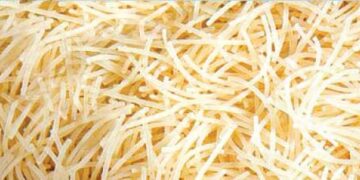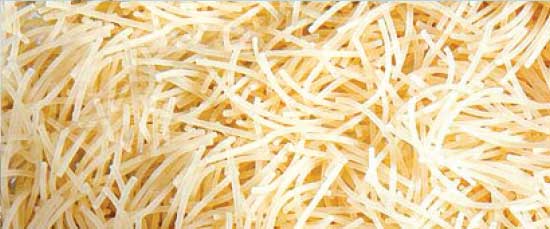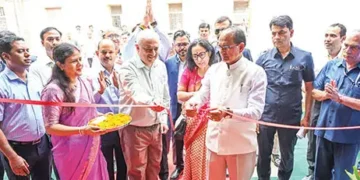Team Blitz India
NEW DELHI: Indian cuisine varies widely across the country according to the region, culture and tradition, characterised by the use of different spices, vegetables, grains, fruits and a variety of animal source foods.
Analysing all the foods that are consumed in the country is not be feasible due to the prohibitive cost involved and thus it is essential to prioritise foods for compositional analysis.
The Indian Food Composition Table, IFCT 2017, is the major source of food composition data containing extensive information about every possible food consumed till date in India. It is generated, developed, managed, and maintained by National Institute of Nutrition, ICMR, Hyderabad.
The IFCT – 2017 provides nutritional information on 528 important foods categorised in 20 food groups on the basis of 151 distinct food constituents. Food groups comprise cereals and millets, grain legumes, green leafy vegetables, other vegetables, fruits, roots and tubers, condiments and spices, nuts and oil seeds, sugars, mushrooms, miscellaneous foods, milk and milk products, egg and egg products, poultry, animal meat, marine fish, marine shellfish, marine mollusks, freshwater fish and shellfish, and edible oils and fats. Except poultry and egg, the database of all food components is for foods in their raw form. The food constituents fall under the following categories, dietary fibre, water soluble vitamins, fat soluble vitamins, carotenoids, mineral and trace elements, starch and individual sugars, fatty acid profile, fatty acid profile of edible fats and oils, organic acids, polyphenols, oligosaccharides, phytosterols, saponins and phytates, and amino acid profile, molecules that form proteins responsible for growth and repair of body cells and tissues.
The NIN is constantly involved in updating the Indian food composition tables since the groundbreaking food nutrient profiling began in the year 1937.
Food scientists from NIN described each food item by its most common name in English language, scientific name, and photo of the food sample. The food is arranged in alphabetical manner to avoid any confusion and easy identification. Food names are also listed in regional languages of India. In case of animal sourced foods, specific body part is analysed. Every food analysed has a unique four-character alphanumeric code fo
































